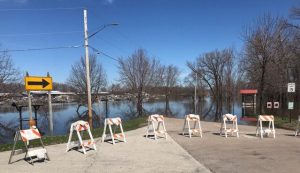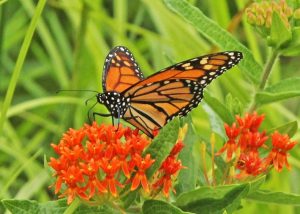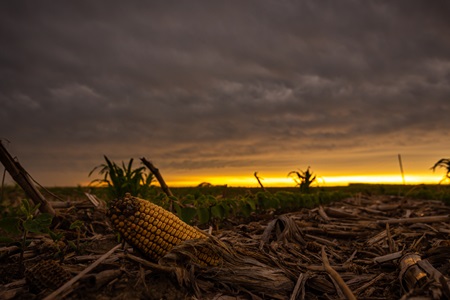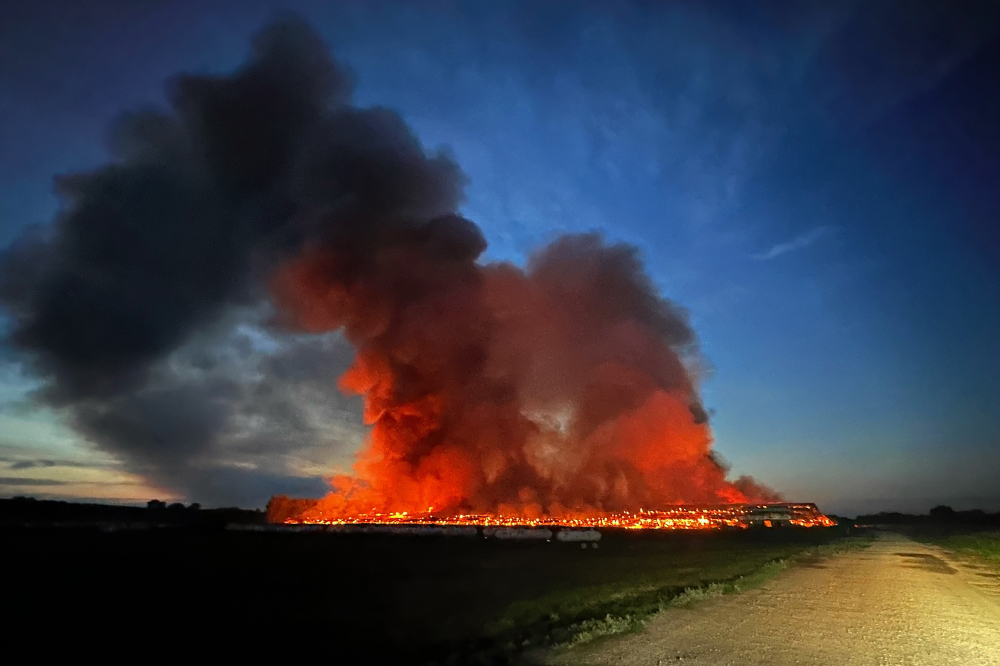Gov. Reynolds, Iowa congressional delegation urge USDA to adjust disaster programs, improve assistance to farmers
July 23rd, 2024 by Ric Hanson
DES MOINES— Governor Kim Reynolds, together with Iowa’s entire congressional delegation, today sent a letter to U.S. Department of Agriculture (USDA) Secretary Tom Vilsack, urging him and the department to “utilize their existing statutory authorities to adjust their disaster programs to provide farmers, ranchers, and producers with the flexibility they need after a natural disaster to recover and rebuild.”
The letter comes after the state has endured three natural disasters in as many months, including two destructive tornado events and devastating floods in northwest Iowa, severely impacting rural areas and numerous farms.
The letter highlights the differences in flexibility between programs provided by the USDA and those offered by the federal Small Business Administration (SBA). Particularly, it calls out the USDA’s programs for not providing assistance for farmers commensurate with the SBA’s programs for small businesses.
The letter reads in part:
“The Small Business Administration’s (SBA) disaster assistance programs offer vital, flexible support in difficult times to small businesses. We understand that these programs are limited to non-agricultural small businesses, with USDA providing access to complementary programs, such as the Emergency Loan Program, that are intended and specifically designed to assist agricultural producers like farmers and ranchers. While USDA and SBA coordinate to ensure these programs effectively reach rural small businesses, we continue to hear from disaster victims that the terms available to borrowers within the USDA programs are less favorable compared to those at SBA, which offer a greater amount of flexibility with interest, balance, and payment terms. Similar to our request today, the SBA provided much of this flexibility in 2022 and 2023 by utilizing administrative authorities.
“As Iowans begin to recover from the many disasters that have impacted them, the historical and continued lack of fairness in what rural communities are offered by USDA is having a meaningful and substantial impact. Consideration should be given to these communities, which are integral to feeding America and the world, by granting them the same or similar terms through USDA as those that are provided to less rural areas through SBA. USDA can do this through its existing statutory authorities, which provide it with the ability to make all loans repayable at such times as the Secretary may determine, and broad authority to set interest rates at a level prescribed by the Secretary, but not in excess of 8 percent per annum. We encourage you to utilize these existing authorities to defer payment on disaster loans for a full year and reduce interest rates to zero during that deferment. This would provide much-needed parity to farmers as they rebuild their agricultural operations.”
The letter is signed by Governor Reynolds along with Senators Chuck Grassley and Joni Ernst, Congressmen Randy Feenstra and Zach Nunn, and Congresswomen Ashley Hinson and Mariannette Miller-Meeks.
The letter can be read in its entirety on the governor’s website.










